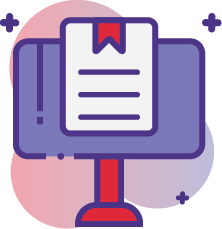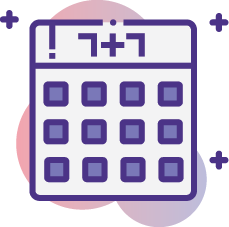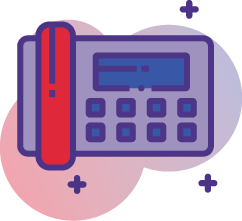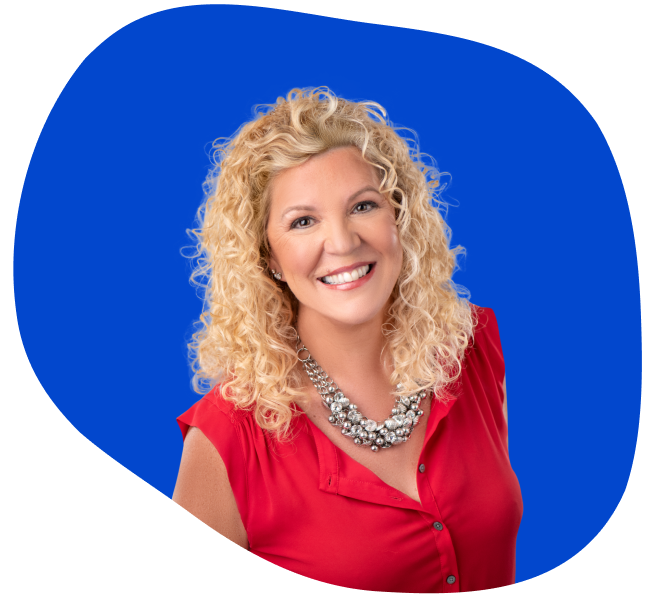It is challenging to tell someone you won’t do something or are unavailable to help them because you have work/life balance boundaries. We’ve been discussing boundaries, setting them, and enforcing them for the past few weeks.
This week, we will talk about that uncomfortable conversation when you need to identify that a boundary has been violated or you need to say no, where previously you wouldn’t have.
We know there will be times when we need to sit down with someone and have one of those conversations that makes you both uncomfortable. Those boundary conversations don’t have to be uncomfortable with some planning and preparation, the right attitude, and a few “Rhonda” tips.
- Be prepared.
Before you have your conversation, you need to prepare. Prepare what you will say, how you will start the conversation, and how you will end it. You can’t just “wing” this kind of discussion.
Write out what you want to say. But no matter how clear and respectful your conversation notes are, resist the urge to send them in an email instead of going through with the conversation. Having a challenging conversation by email never goes well. Have yours face-to-face, even if that means using Teams or Zoom.
- Identify the boundary
Ask yourself, “What exactly is my boundary?” Is it working past 5 pm on weekends or being “on call” when that wasn’t identified as part of your job? Maybe your boundary is respect, and you felt disrespected in a team meeting.
When you have this uncomfortable conversation, be able to identify the clear boundary in one sentence instead of giving a long explanation. If you can’t state the boundary in one simple sentence, then you’re not clear on what the boundary is, and neither is the other person. We tend to explain or justify the situation, which makes your uncomfortable conversation less effective.
A lack of focus will sabotage your discussion. For instance, if you need to identify that calls about work to your personal mobile phone are a boundary for you, then you need to be clear the boundary is “Using my personal mobile phone.” Please don’t confuse it with conversations about how the company isn’t paying the bill; therefore, it isn’t fair that you are doing work on your personal phone, or how your workday ends at 5:00, yet you feel guilty when you get calls at 7:30 and don’t answer.
Being clear in your conversation. The boundary is the focal point.
- Begin with the end in mind
You’ve heard the expression “begin with the end in mind” from Dr. Stephen Covey. That means figuring out what the end result you want is and making sure you’ve designed a way to get there.
Suppose I have a conversation about tasks that are not my job responsibility (such as keeping the kitchen area clean). In that case, my goal is that at the end of the discussion, we are both clear that I will no longer be cleaning up the kitchen area and that someone else will have to do it (or everyone has to clean up after themselves).
You need to know the end result you want before you begin the conversation. It doesn’t mean you will agree to your solution in the end, but it gives you an excellent place to start your negotiations if required.
Having difficult conversations is just that… difficult and uncomfortable. But with a bit of practice, a little focus, and clarity of intent, you can ensure that both parties feel respected, valued, and slightly less uncomfortable—and you’ll be much more likely to achieve your goal.










